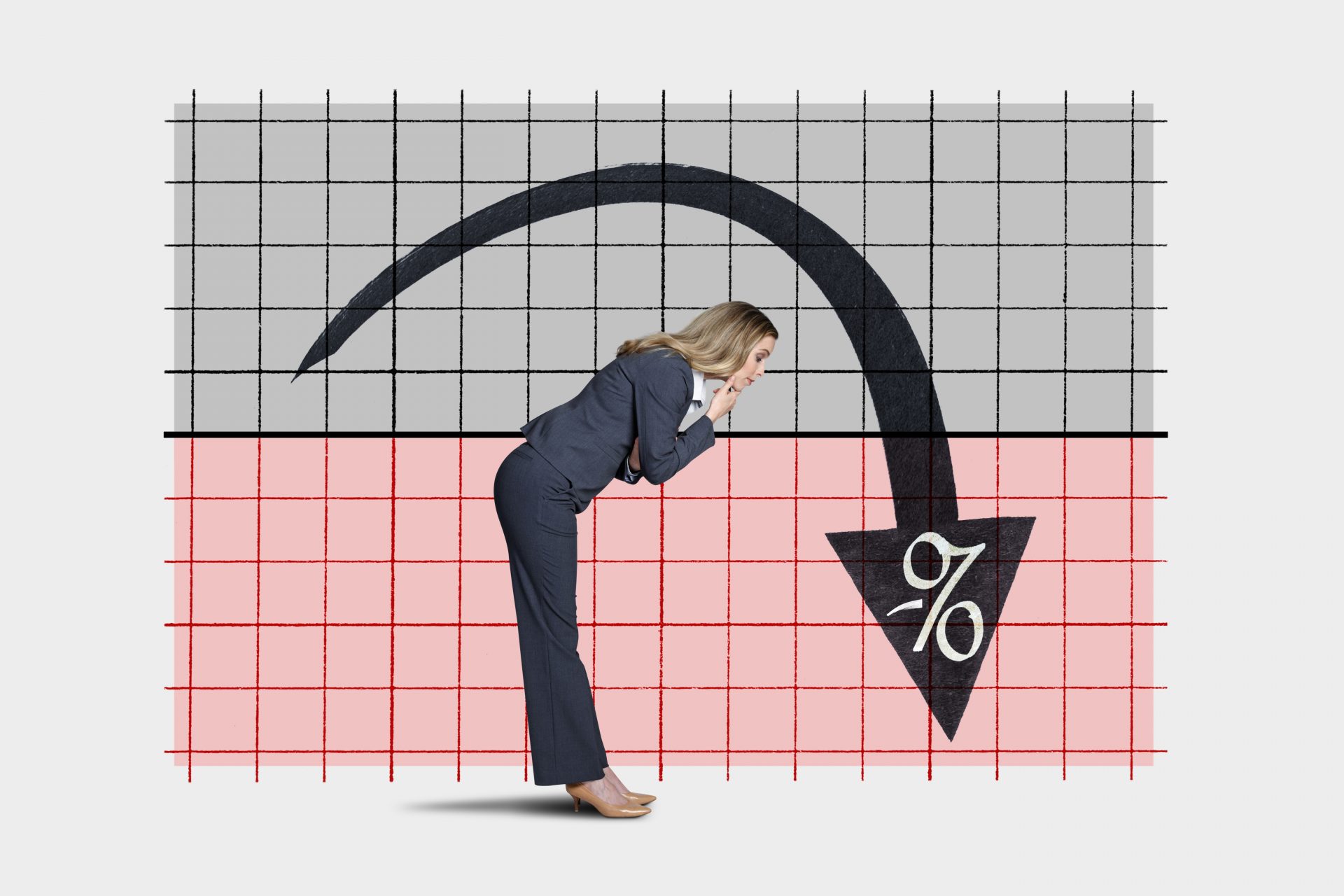Income inequality in Canada has reached a staggering new high
Income inequality in Canada has reached a new height according to Statistics Canada, which reported that wealth in the country has become increasingly concentrated in the hands of only a few Canadians based on recent data.
The gap between the wealthiest two-fifths of Canadians and the bottom two-fifths of the country rose by a staggering 46 percentage points in the second quarter of 2024. This was the widest gap recorded since Statistics Canada began tracking this data in 1999.
CBC News reported that the widening wealth gap in Canada was driven by the 20% of wealth earners in the country, who saw their disposable income jump due to investment gains that were pushed higher thanks to high interest rates.
"While higher interest rates can lead to increased borrowing costs for households, they can also lead to higher yields on saving and investment accounts," explained the report from Statistics Canada.
"Lower income households are more likely to have a limited capacity to take advantage of these higher returns, as on average they have fewer resources available for saving and investment,” the report added.
The lowest 20% of households in Canada saw a slight rise in their share of disposable income. However, the middle 60% of households in the nation saw a large decrease in the share of their disposable income.
The top 20% of Canadians controlled two-thirds of the country’s wealth in the second quarter of 2024 with the top households averaging $3.4 million per household. CBC News noted that in comparison, 40% of Canadians accounted for 2.5% of the country’s wealth.
The latest data from Statistics Canada was published amid a growing cost of living crisis in the country. Canadians have seen a major loss in their purchasing power over the last few years according to another report from the government agency.
Money is not going as far as it used to in Canada but the bigger problem for many in the country may be that they are technically taking home far less money than they had before being hit by the recent inflation crisis.
On August 19th, Statistics Canada released a new report detailing a few highlights regarding fly incomes in the country, and what the findings revealed was “depressing” according to the DailyHive.
Statistics Canada reported that the median family after-tax income increased to $60,800 in 2022, which was up by almost 2.5% from the 2021 figure. However, that increase was not really an increase at all when factoring in adjusted inflation data.
When the numbers were adjusted to account for the annual inflation rate of 6.8%, the median family after-tax income turned out to be 4% lower than the figure from 2021. This was a problem that affected all of Canada.
Statistics Canada reported that “all provinces and territories reported a year-over-year decrease in their median inflation-adjusted family after-tax income in 2022.” Some of the hardest-hit places were the most expected.
“The largest decreases were seen in Nunavut (-8.4%), the Northwest Territories (-7.2%) and Nova Scotia (-5.6%),” Statistics Canada reported. This problem also did not affect all Canadian age cohorts equally.
Young Canadian incomes were hit the hardest by inflation, especially the single-parent family households under the age of 25. This group saw a huge 15.1% decrease in their median family income in 2021, down to just $24,690 in 2022.
“Among all family groups, lone-parent families in which the parent was younger than 25 years of age recorded the largest decrease in median family after-tax income,” Statistics Canada reported.
The second most impacted group were Canadians under the age of 25 who were not in a census family. These individuals saw a 9% decrease in their income from 2021, down to $45,070 in 2022.
In contrast to the pain being felt by younger Canadians, senior families in Canada (those in which the oldest adult was aged 65 or older) were relatively unaffected by the inflation crisis and experienced the smallest impacts according to the inflation-adjusted income numbers.
The median after-tax income for all senior families only decreased by 1.8% from 2021 to $49,820 in 2022. The median after-tax income of two-parent and single-parent senior families decreased by 1.4% to $74,200 and $69,880.
Median after-tax incomes of seniors not in census families took a slightly smaller slide in 2022. This cohort saw a 1.2% income decrease down to $30,820.
“Differences between younger and older families continue to be evident when looking at low-income rates,” Statistics Canada reported before providing at least one reason why younger Canadian families were suffering more than their older compatriots.
“It should be noted that the likelihood of persons from younger families living in low income is higher, as young persons are more likely to be unemployed or in school, and their income is frequently less than half the Canadian median,” the report explained.
Why this data matters isn’t difficult to figure out. Canadians may appear to be making more money but that money isn’t going as far as it used to go. This is a problem that could help to explain the country’s lagging economy and sluggish growth.
“With Canadians earning less money amid a cost of living crisis, it’s no wonder they’re going bankrupt at a staggering rate,” The DailyHive wrote, linking to a previous report showing consumer insolvencies in Q2 of 2024 were up 12.4% over 2023.
More for you
Top Stories





































